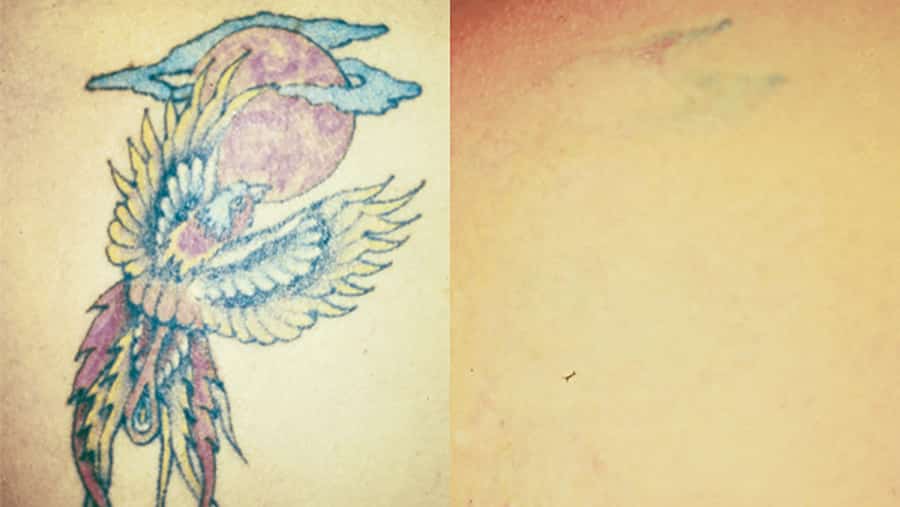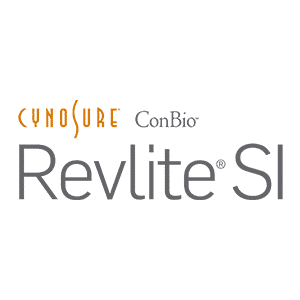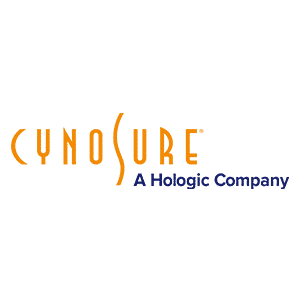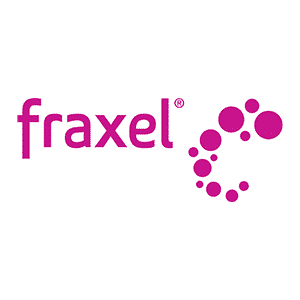Increasing numbers of men are presenting for tattoo removal. A tattoo may no longer be appropriate in a professional workplace. It may be a person’s name that is no longer relevant or an amateur tattoo that is not of high quality.
The reasons for wanting tattoos removed vary. It may be that a decorative tattoo you had done when you were younger is now out of place and inappropriate, or it may be that a decorative tattoo has simply not turned out well. More men than women wish to have just part of a tattoo removed and replaced with another –we call this “remodelling”. Some men may be troubled by traumatic tattoos from such things as asphalt or gun powder burns. Whatever the reason, advances in laser technology have resulted in the development of the Q-switched Laser as a safe and effective method for the removal of unwanted tattoos.
What does Q-Switch mean?
The Q switch mode allows high power laser light to be delivered to the skin for a fraction of a second. Because the exposure of your skin to the laser beam is for such a short period, it means that any potential heat damage to the skin is minimised and hence any chance of scarring is greatly reduced.
How does laser work?
The Q-switch Laser produces a light beam which is attracted to the coloured pigment in a tattoo and is able to break the pigment into very small particles. This then allows the body’s natural cleansing system to wash the broken pigment away.
Can all types of tattoos be treated?
It is possible to remove or significantly lighten most tattoos. Black, blue and red tattoos tend to respond well. Aqua, green and yellow tattoos may be more resistant and only partially fade. White tattoos reflect laser light and therefore do not respond to laser treatment.
How many treatments are necessary?
It is impossible to precisely predict the number of treatments necessary as it depends on the amount of ink used, the type of ink used and how deep the ink was inserted. However as a guide most professional tattoos will require at least six to twelve treatments, whilst amateur tattoos usually require less. Follow up treatments are undertaken at no less than 4-6 week intervals. Further fading can occur for several months after each treatment.
What are the costs likely to be?
This will be discussed at the initial consultation. Treatment costs will vary depending on the size, colour and time required to treat the tattoo. The government provides no Medicare rebate for laser tattoo removal and in addition will charge GST of 10%.
Collins Cosmetic Clinic offers a free consultation to give a more accurate assessment of cost, number of treatments and likely response.













